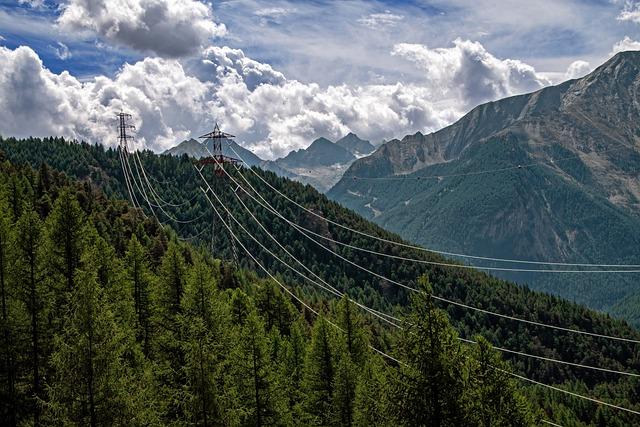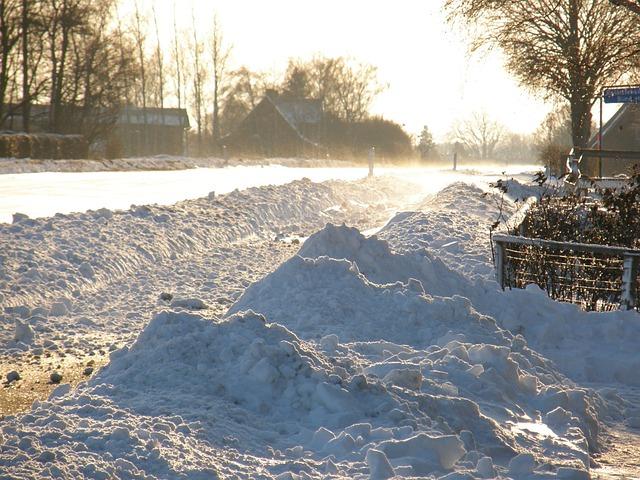The Role of Trees in Energy Conservation

Trees play a significant role in energy conservation, impacting both our environment and our daily lives. By understanding how trees contribute to energy conservation, we can better appreciate the crucial role they play in maintaining a sustainable world. In this article, we will explore the various ways in which trees help conserve energy and the importance of preserving and planting trees for a greener and more energy-efficient future.
How Trees Reduce Energy Consumption in Cities
Urban tree planting plays a crucial role in reducing energy consumption in cities. Trees provide natural shade, lowering the need for air conditioning during hot summer months. They also act as windbreaks, reducing heat loss from buildings in the winter. By strategically planting trees in urban areas, cities can lower their overall energy usage and decrease carbon emissions.
Maximizing Energy Efficiency Through Strategic Tree Placement
Strategic tree placement is essential for maximizing energy efficiency in urban environments. Trees should be planted on the south and west sides of buildings to provide shade during the hottest parts of the day. By blocking direct sunlight, trees can help reduce indoor temperatures, leading to lower cooling costs. Additionally, planting trees in groups can create a microclimate that further enhances energy conservation efforts.
Q&A
Q: What role do trees play in energy conservation?
A: Trees are vital in energy conservation as they provide shade, optimize building insulation, and reduce the need for air conditioning in hot weather.
Q: How do trees help to reduce energy consumption in buildings?
A: Trees provide shade, which helps to lower indoor temperatures and reduce the need for air conditioning. They also act as natural windbreaks, reducing heat loss in colder months.
Q: Can trees help to lower heating costs in the winter?
A: Yes, trees act as natural windbreaks, reducing heat loss from buildings and helping to lower heating costs during the winter months.
Q: How does planting trees around a property affect its energy efficiency?
A: Planting trees strategically around a property can help to optimize building insulation, reduce energy consumption for heating and cooling, and improve overall energy efficiency.
Q: Are there any specific types of trees that are especially beneficial for energy conservation?
A: Trees that provide dense foliage and have a broad crown are particularly effective for providing shade and reducing energy consumption in buildings. Examples include oak, maple, and beech trees.
Q: How can urban areas benefit from planting more trees for energy conservation?
A: Planting more trees in urban areas can help to reduce the urban heat island effect, improve air quality, and lower energy consumption for cooling buildings, ultimately leading to a more sustainable and energy-efficient environment.
Conclusion
In conclusion, trees play a crucial role in energy conservation by providing shade, improving air quality, and reducing the heat island effect in urban areas. By strategically planting trees and preserving existing forests, we can significantly reduce our energy consumption and mitigate the effects of climate change. It is important to recognize the invaluable contribution of trees in sustainable energy management and to prioritize their preservation and planting in future urban development projects. By working together to protect and promote our tree canopy, we can create a greener and more energy-efficient future for generations to come.
Simpsons Tree Services, Servicing Melbourne’s North Eastern Suburbs
Book a quote online at www.simpsonstrees.com.au


